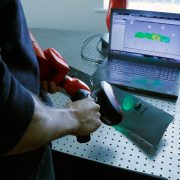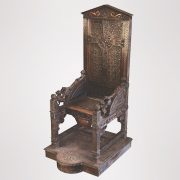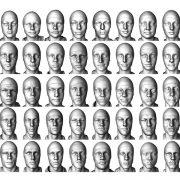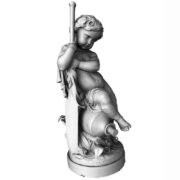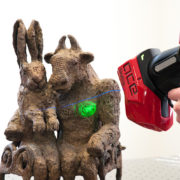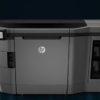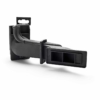Customisation for the masses
The latest demand in fashion, personal accessories and even healthcare is for creating products that are customized to the individual. For years personalized and bespoke products have commanded a premium price whether a suit from Saville Row or a bespoke insole for a shoe, but advances in 3D printing and scanning mean that such a customized approach can not only be extended into other product areas, but can be done so at a fraction of the cost.
One sector that’s already managed to achieve high-volume customisation is the health and lifestyle sector where bespoke products are created for the individual. If you just look at the case of hearing aids, currently 98% of hearing aids produced worldwide are now made using 3D printers, allowing each aid to be custom-crafted for each user’s unique ear shape offering greater comfort and practicality.
These techniques have spread to the consumer toys industry, with numerous companies offering websites in which children can custom-design toys that are then 3D printed and shipped to their doors. The use of 3D printing has boosted the custom toy market’s value to nearly £67 billion this year, with predictions that this will rise by 237% to £226 billion by 2022.
Sportswear brand giants Adidas, have taken it one step further to mass produce custom trainers. Factories in Germany and America have already begun implementing this technology to bring 1 million pairs of bespoke shoes to the market each year at a faster pace than conventional processes with each pair designed to perfectly fit the contours of the wearer’s foot.
Of course, industry-wide adoption takes time and factories must be transformed to accommodate the machinery, robots and operators needed. However, automation is spreading to every production line across the world and 3D technology has a key part to play in that process.
Admittedly it may not yet be affordable to extend into all manufacturing operations, however several businesses are looking at the option of modularity, where modules are mass produced using conventional techniques and where the customised element is introduced at the final assembly point.
It seems that the demand for more personalised products, that can be purchased at an affordable price, is set to continue and that 3D technologies are working ever closer with manufacturing businesses to help meet this demand and open new opportunities.
We’d love to hear your thoughts on this or where you’d like to see even greater personalisation of products. Get in contact via our social media channels, you can find us on Facebook, Twitter and LinkedIn.



